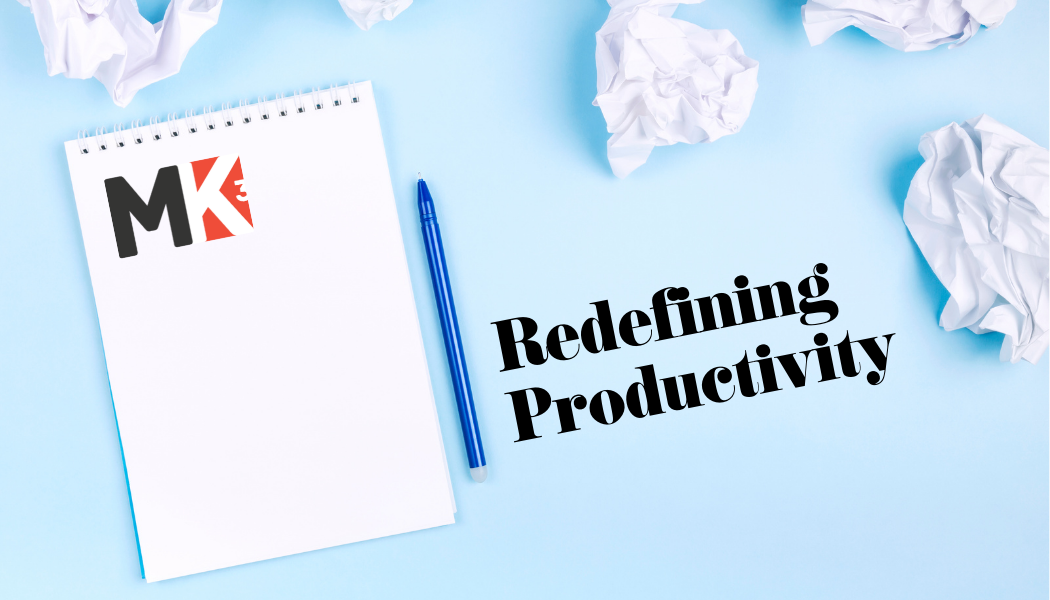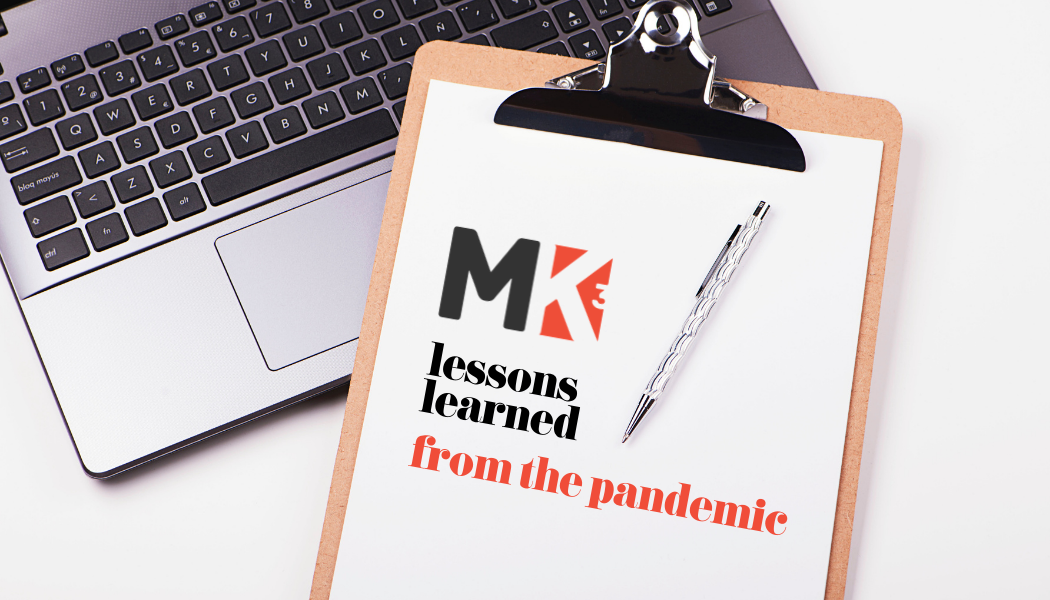09.30.21
finding inspiration

We all need inspiration to do good work. And when it’s your job to be creative or turn out creative work, you’ll need a good supply. For me, inspiration comes in two forms: passive and active. Passive inspiration is when you see a movie about hiking and you’re inspired to go on a hike. You weren’t looking for inspiration, but it found you and you acted on it. Active inspiration, on the other hand, is more of a learned skill. It’s how we combat the “blank page” syndrome when we have an assignment due, or find a new way of telling a story when we need to stand out from the crowd. If you google “inspiration,” you’ll find all kinds of top ten lists. You’ll see items like “yoga and meditation” make the list. I find them enjoyable but they don’t give me the kind of inspiration I’m looking for when I need to be creative on demand. So this is my personal list of ideas on finding inspiration that work for me, and perhaps you’ll find some are inspirational to you.
steal like an artist
There is a great book called “Steal like an Artist” in which author Austin Kleon presents the theory that all art is borrowed or stolen…but when stolen ideas are combined with other stolen ideas, something new is created. Pablo Picasso is widely considered the most unique, innovative and influential artist of the 20th century. Yet he found inspiration from so many sources that there is a book devoted to it called “Picasso’s Variations on the Masters.” I’m not endorsing plagiarism of any sort – but if you borrow themes and ideas from other art or media and apply them to your project, your inspiration can drive you to create something new. And once these ideas pass through your copy editor or animator’s hands, they will usually take on a unique shape of their own.
look at other media
Many great creators borrow from other forms of media. Musicians turn to art, writers turn to music and painters turn to current events for inspiration. When creating videos, I used to turn to other videos or films for inspiration. But more and more, I may refer to a colorful Matisse painting when communicating my vision of a set, or the music of Thelonious Monk when describing a rhythm to video editing. When you are stuck for inspiration, try looking beyond your chosen field or media.
change your routine
This one isn’t for everyone because some people thrive on routine. But have you ever been forced to drive a new route to work or take a different train? Do this on purpose and concentrate on being observant. You’ll see color in a mural on a brick wall or advertisements at bus stops that you haven’t seen before. How could some of these items find their way into your work? This has worked for me in the past – particularly if I’m paying attention during my revised routine.
ask others
I’m fortunate to have three seasoned creative directors to brainstorm with here at MK3. But sometimes we find ourselves thinking the same way or coming up with big ideas that might be missing something. I learn a lot when I share my projects with my wife or talk about them with my kids or a friend outside my industry. Sometimes people give you a new perspective, a lightbulb goes off and it becomes a fresh source of inspiration.
write it down
Always try to be open and ready for inspiration to strike. For me, it used to happen when watching football on a Sunday. I’d see a great commercial, be inspired and forget about it later. Now I always keep a notebook handy to jot down the notes needed to find the commercial after the game. Inspiration can be found anywhere, though, so keep a notebook handy in your car or even when you go for a walk. And it doesn’t have to be as “old school” as a notebook – you can also use the “Notes” feature in your phone. The point is to write it down and create an inspiration “stash” that you can review when needed.
I hope these ideas help you to get inspired, stay inspired and do great work.

We all need inspiration to do good work. And when it’s your job to be creative or turn out creative work, you’ll need a good supply. For me, inspiration comes in two forms: passive and active. Passive inspiration is when you see a movie about hiking and you’re inspired to go on a hike. You weren’t looking for inspiration, but it found you and you acted on it. Active inspiration, on the other hand, is more of a learned skill. It’s how we combat the “blank page” syndrome when we have an assignment due, or find a new way of telling a story when we need to stand out from the crowd. If you google “inspiration,” you’ll find all kinds of top ten lists. You’ll see items like “yoga and meditation” make the list. I find them enjoyable but they don’t give me the kind of inspiration I’m looking for when I need to be creative on demand. So this is my personal list of ideas on finding inspiration that work for me, and perhaps you’ll find some are inspirational to you.
steal like an artist
There is a great book called “Steal like an Artist” in which author Austin Kleon presents the theory that all art is borrowed or stolen…but when stolen ideas are combined with other stolen ideas, something new is created. Pablo Picasso is widely considered the most unique, innovative and influential artist of the 20th century. Yet he found inspiration from so many sources that there is a book devoted to it called “Picasso’s Variations on the Masters.” I’m not endorsing plagiarism of any sort – but if you borrow themes and ideas from other art or media and apply them to your project, your inspiration can drive you to create something new. And once these ideas pass through your copy editor or animator’s hands, they will usually take on a unique shape of their own.
look at other media
Many great creators borrow from other forms of media. Musicians turn to art, writers turn to music and painters turn to current events for inspiration. When creating videos, I used to turn to other videos or films for inspiration. But more and more, I may refer to a colorful Matisse painting when communicating my vision of a set, or the music of Thelonious Monk when describing a rhythm to video editing. When you are stuck for inspiration, try looking beyond your chosen field or media.
change your routine
This one isn’t for everyone because some people thrive on routine. But have you ever been forced to drive a new route to work or take a different train? Do this on purpose and concentrate on being observant. You’ll see color in a mural on a brick wall or advertisements at bus stops that you haven’t seen before. How could some of these items find their way into your work? This has worked for me in the past – particularly if I’m paying attention during my revised routine.
ask others
I’m fortunate to have three seasoned creative directors to brainstorm with here at MK3. But sometimes we find ourselves thinking the same way or coming up with big ideas that might be missing something. I learn a lot when I share my projects with my wife or talk about them with my kids or a friend outside my industry. Sometimes people give you a new perspective, a lightbulb goes off and it becomes a fresh source of inspiration.
write it down
Always try to be open and ready for inspiration to strike. For me, it used to happen when watching football on a Sunday. I’d see a great commercial, be inspired and forget about it later. Now I always keep a notebook handy to jot down the notes needed to find the commercial after the game. Inspiration can be found anywhere, though, so keep a notebook handy in your car or even when you go for a walk. And it doesn’t have to be as “old school” as a notebook – you can also use the “Notes” feature in your phone. The point is to write it down and create an inspiration “stash” that you can review when needed.
I hope these ideas help you to get inspired, stay inspired and do great work.



